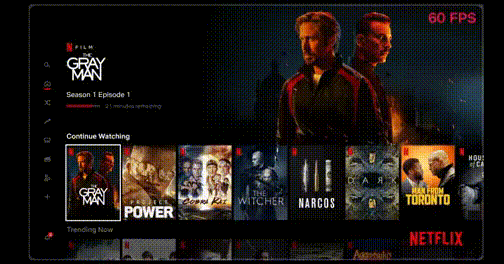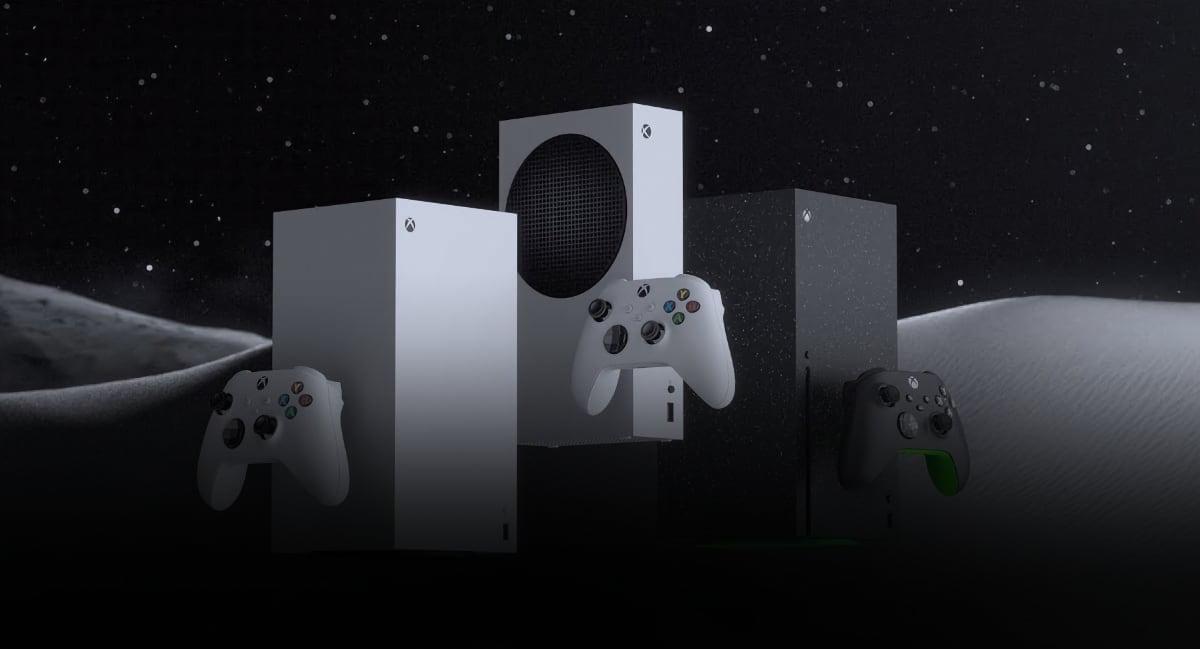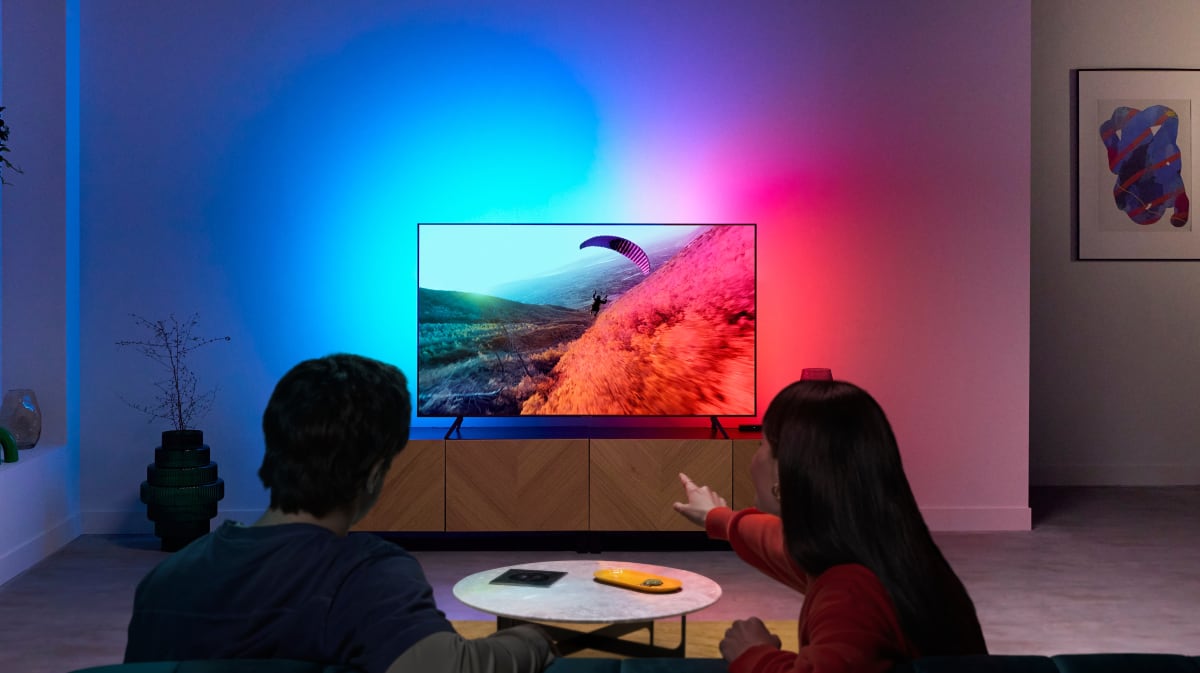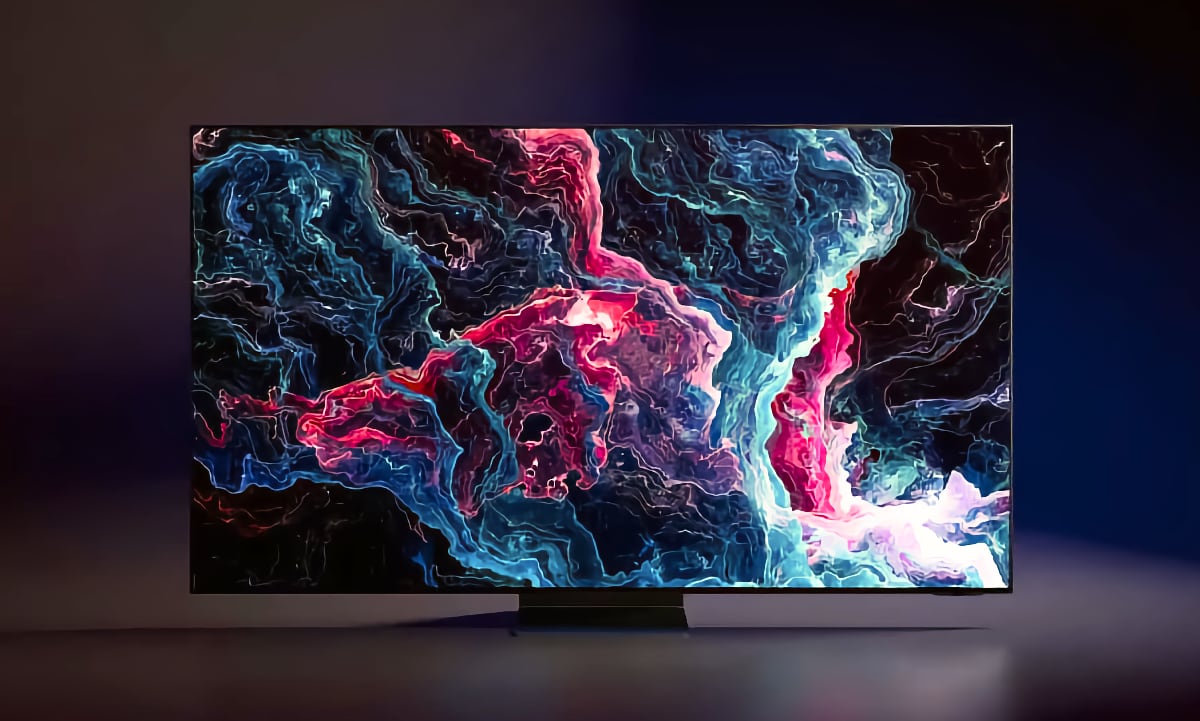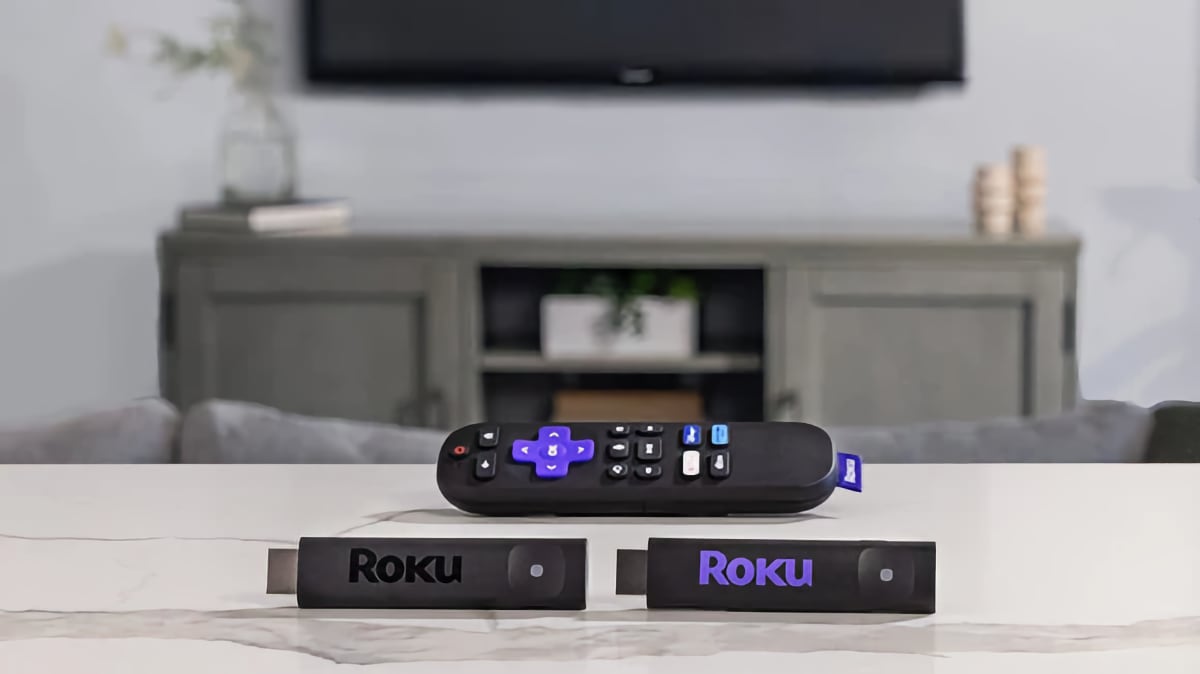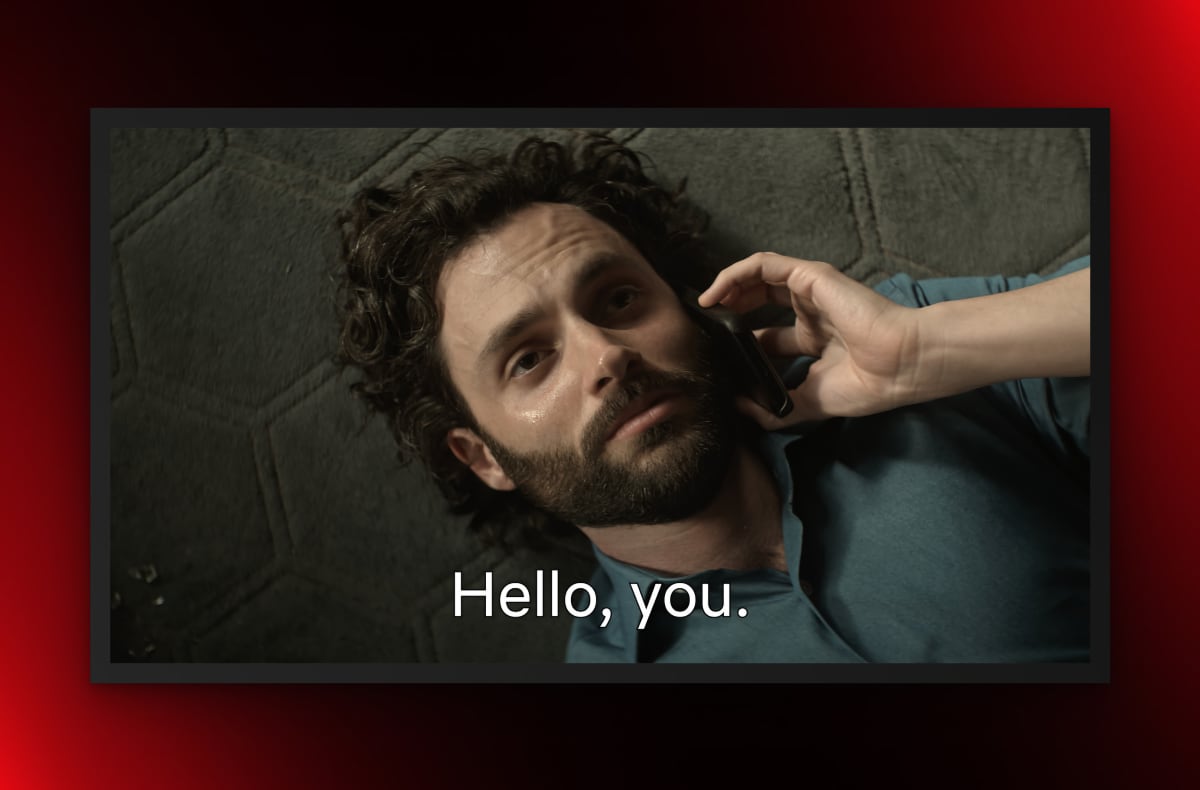Frame rate matching is foundational to good picture quality, but is often ignored. Netflix now uses three approaches to frame rate matching and conversion including an entirely new one.
Netflix and other streaming services' content catalogs are composed of movies and series in various frame rates ranging from 23.97 to 60fps (frames per second), so it is important that the playback device and TV switch their refresh rate (Hz) to match, i.e. 50Hz, 60Hz, 120Hz. Otherwise you see motion judder. Simple math.
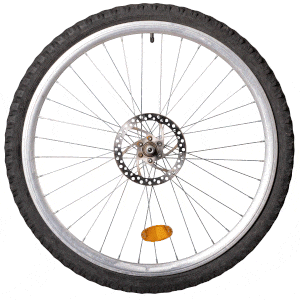
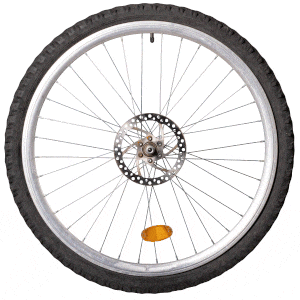
With judder (left), without judder (right). Source: Netflix
The traditional approach has been to just convert, for example, a movie in 24fps to 25/50Hz or 60Hz. You see either judder – more so in Europe and other 50Hz PAL regions – or a sped-up movie that plays 4.17% faster at 50Hz with higher pitched voices. It's a lazy approach from the analog era that needs to die, and streaming services who still use speed-up should be ashamed of themselves.
Netflix's three solutions
While frame rate matching is a job for the playback device, Netflix and other streaming apps can help by supporting the technical solutions out there.
Netflix explains that it now uses three approaches:
1. Match HDMI frame rate to content Native Frame Rate
2. Match HDMI frame rate to content Native Frame Rate w/o screen blanking (HDMI 2.1 QMS)
3. Frame Rate Conversion within Netflix App
The first one is the one you find in media players with frame rate matching. It works but every time there is a switch between frame rates you see a black screen momentarily (HDMI Bonk). The streaming app must also actively support it or use the streaming player's default video player.
The second one (QMS) is new and only supported by Apple TV 4K (2022), which is also the only device with automatic system-level frame rate matching – a requirement for proper QMS. You can see how QMS works on Apple TV 4K in our video article here.
The third and new approach
The third one is new and developed by Netflix:
- "Instead of thinking about the FRC (Frame Rate Conversion) rate per second (24 -> 50 fps), let’s expand the FRC calculation time period to 3 seconds (24*3 = 72 -> 50*3 = 150 fps). For content with a native frame rate of 24 fps, the source device needs to get 72 frames from the streaming application in a period of 3 seconds. Now instead of sending 24 frames per second at a regular per second cadence, for each 3 second period the Netflix application can decide to send 25 frames in the first 2 seconds (25 x 2 = 50) and 22 frames in the 3rd second thereby still sending a total of 72 (50+22) frames in 3 seconds. This approach creates an even FRC in the first 2 seconds (25 frames replicated twice evenly) and in the 3rd second the source device can do a 22 to 50 fps FRC which will create less visual judder compared to the 24->50 fps FRC given a more even frame replication pattern," explained Akshay Garg and Roger Quero from Netflix.
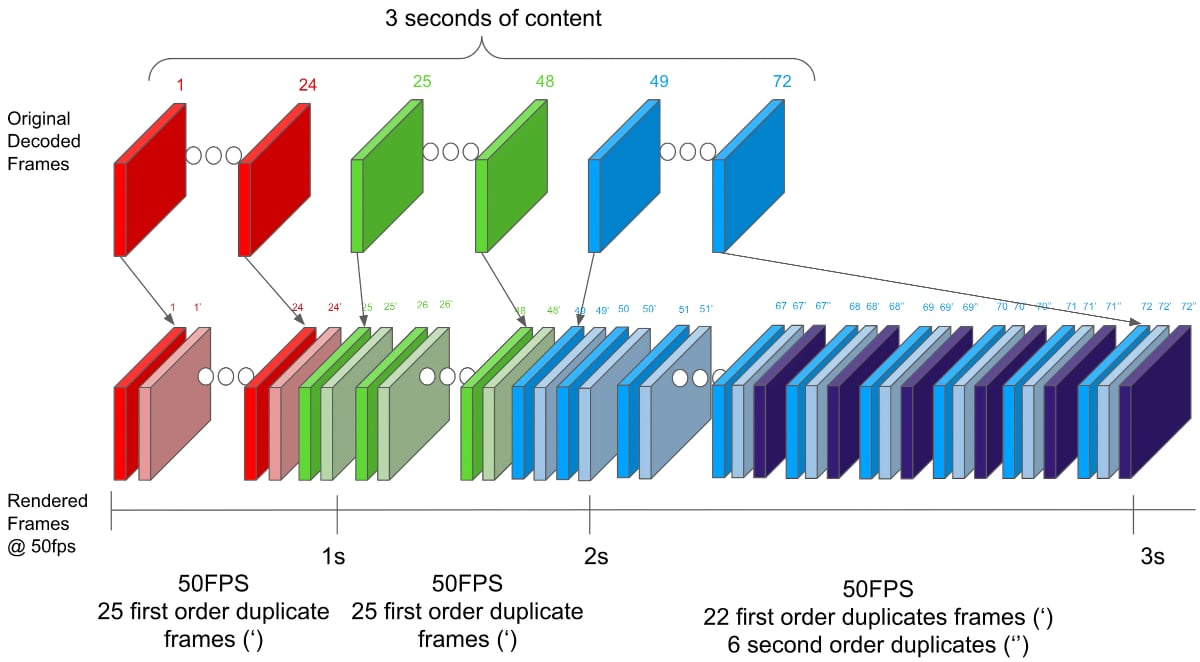
Illustration: Netflix
It is a new approach that will still result in some judder, but it will be less jarring on the eyes, claims Netflix who will soon release additional details for industry members to peruse. It can be supported on some devices, but not all.
Going forward, the Netflix app will automatically pick the best approach based on the capabilities of the playback device and the user's menu selections.
- Source: Netflix
 With judder (left), without judder (right). Source: NetflixThe traditional approach has been to just convert, for example, a movie in 24fps to 25/50Hz or 60Hz. You see either judder – more so in Europe and other 50Hz PAL regions – or a sped-up movie that plays 4.17% faster at 50Hz with higher pitched voices. It's a lazy approach from the analog era that needs to die, and streaming services who still use speed-up should be ashamed of themselves.
With judder (left), without judder (right). Source: NetflixThe traditional approach has been to just convert, for example, a movie in 24fps to 25/50Hz or 60Hz. You see either judder – more so in Europe and other 50Hz PAL regions – or a sped-up movie that plays 4.17% faster at 50Hz with higher pitched voices. It's a lazy approach from the analog era that needs to die, and streaming services who still use speed-up should be ashamed of themselves.
